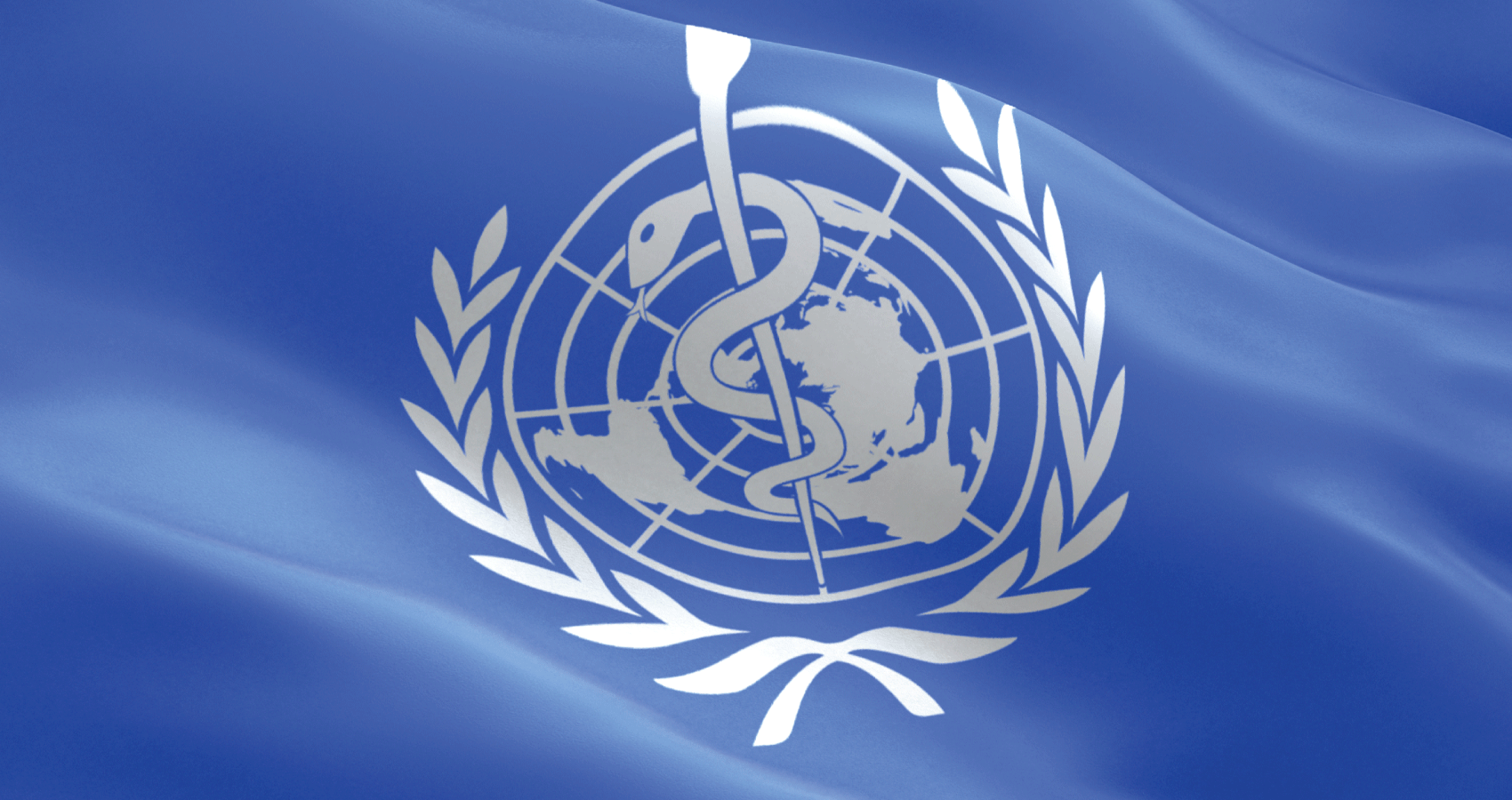Newswise — March 17 marks World Sleep Day, an annual call to action from the World Sleep Society to spread awareness of the need to get sufficient sleep to stay healthy.
Maya Ramagopal, an associate professor at Rutgers Robert Wood Johnson Medical School and sleep medicine expert, discusses the importance of sleep in a healthy lifestyle — and where Americans are falling short.
Do Americans get enough sleep?
Ramagopal: The amount of sleep needed varies by a person’s age. Toddlers need 11 to 14 hours daily, which includes naps. School-age children need 9 to 12 hours of sleep, teens need eight to 10 hours and adults need at least seven hours.

According to the Centers for Disease Control and Prevention, six in 10 middle schoolers and seven in 10 high schoolers don’t consistently get enough sleep. The CDC also reports that 35 percent of U.S. adults are not getting the recommended amount of sleep.
How does sleep affect your health?
Ramagopal: Sleep is critical for overall good health. Lack of sleep has been shown to be associated with obesity, Type 2 diabetes, poor mental health, accidents during driving, attention or behavior problems and poor school performance.
What is good sleep hygiene?
Ramagopal: I believe the biggest factor fot people of all ages not getting sufficient sleep is because they use electronics close to bedtime. Technology stimulates your brain, which makes it more difficult to fall asleep. Even with blue light filters, the content can be a factor in preventing sleep onset.
To improve sleep, a consistent sleep schedule should be maintained, including on weekends — even though it is tempting to sleep in. Make sure the room temperature is comfortable and the room is as dark as possible. Avoid eating a large meal at least three hours before bedtime and do not consume caffeine at least six hours before going to bed. While moderate to vigorous exercise can increase sleep quality by reducing the amount of time it takes to fall asleep, you do not want to engage in vigorous activity within the hour before bedtime.
It is important for adults to model good sleep behavior for children in their home.
Is climate change affecting our sleep?
Ramagopal: New research seems to indicate that it is. A study published last year in the journal One Earth showed that increased temperature shortens sleep primarily through delayed onset, increasing the probability of insufficient sleep. The researchers estimated that by the end of the century, warmer temperatures could result in people sleeping about 8 to 10 minutes less per night.



 They compared all existing protein structures that bind metals to establish any common features, based on the premise that these shared features were present in ancestral proteins and were diversified and passed down to create the range of proteins we see today.
They compared all existing protein structures that bind metals to establish any common features, based on the premise that these shared features were present in ancestral proteins and were diversified and passed down to create the range of proteins we see today.
 According to the
According to the 

